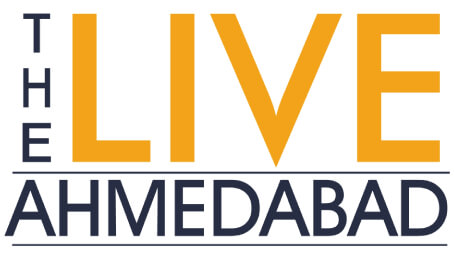Cab aggregators can now charge up to twice the base fare during peak traffic hours, according to the new Motor Vehicles Aggregator Guidelines (MVAG) 2025 issued by the Ministry of Road Transport and Highways on July 1. Earlier, the maximum limit for surge pricing was 1.5 times the base fare.
States have been asked to implement the new guidelines within the next three months. The updated fare rules aim to give cab platforms more flexibility during busy hours, while still keeping pricing and operations under regulation.
The MVAG 2025 also fills an important regulatory gap by allowing the use of private (non-transport) motorcycles for passenger rides through aggregator platforms, if approved by the state government. According to the guidelines, “The state government may allow aggregation of non-transport motorcycles for journey by passengers as shared mobility through aggregators.” The aim is to reduce traffic congestion, lower pollution levels, and improve access to affordable transport and local delivery services.
Under Clause 23 of the guidelines, states will have the authority to charge aggregators daily, weekly, or fortnightly fees for using such motorcycles.
Bike taxi operators like Rapido and Uber, which have been functioning in a regulatory grey area in several states — including Karnataka, where a recent ban sparked protests — have welcomed the new guidelines. Rapido described the clause as a “milestone in India’s journey towards a Viksit Bharat,” stating that the change will boost last-mile connectivity and provide affordable transport options in areas with limited access.
Uber also lauded the revised guidelines as a step toward innovation and regulatory clarity.
“Timely adoption by states will be key to ensuring uniform implementation and building much-needed predictability for all stakeholders. We commend the ministry for its consultative and balanced approach,” a company spokesperson said.
The MVAG 2025 guidelines replace the earlier 2020 version and are designed to reflect the evolving shared mobility landscape in India, which now sees higher demand for bike taxis, e-rickshaws, electric vehicles, and flexible pricing models. The Ministry stated that the revised framework aims to follow a light-touch regulatory approach while ensuring safety, user security, and the welfare of drivers.



